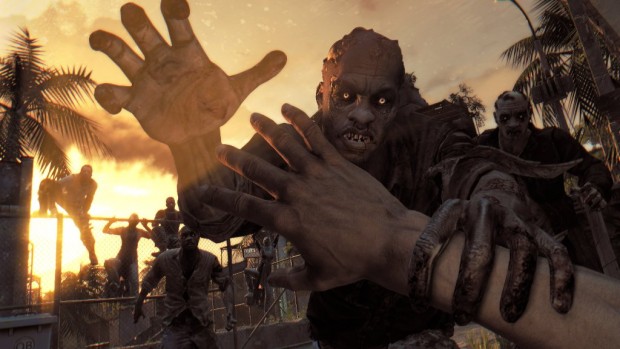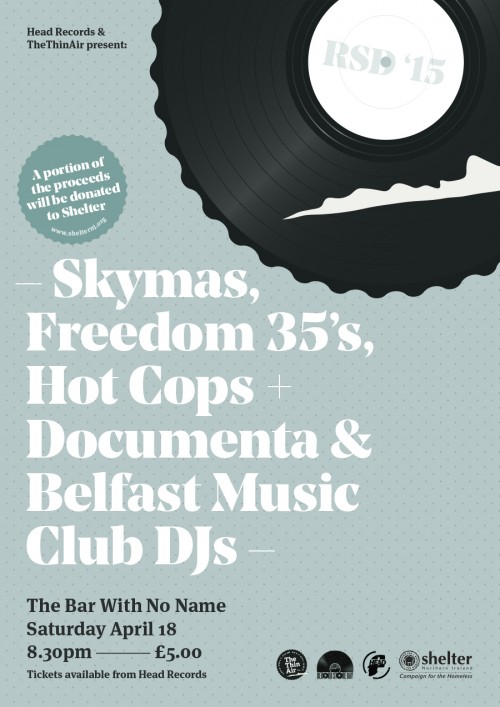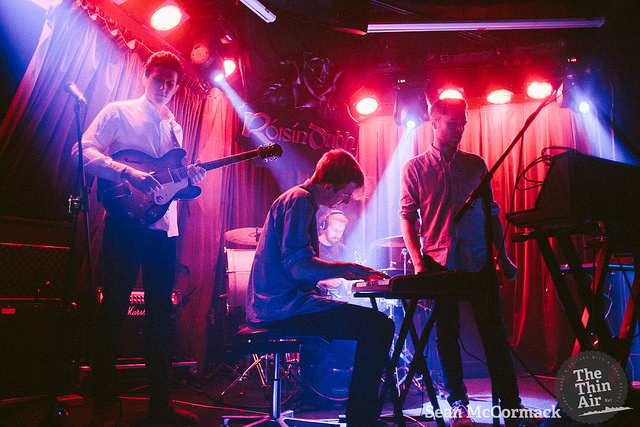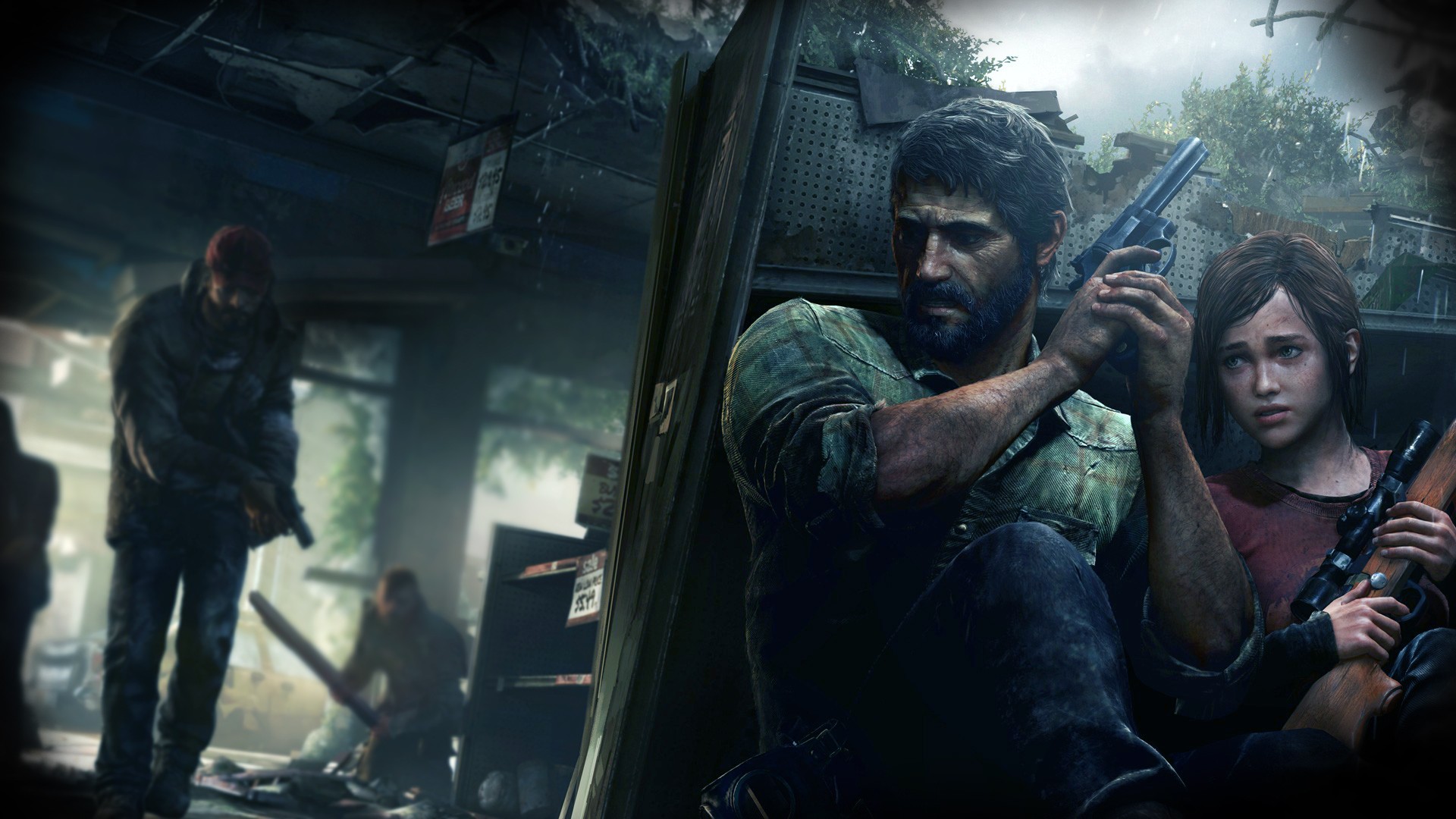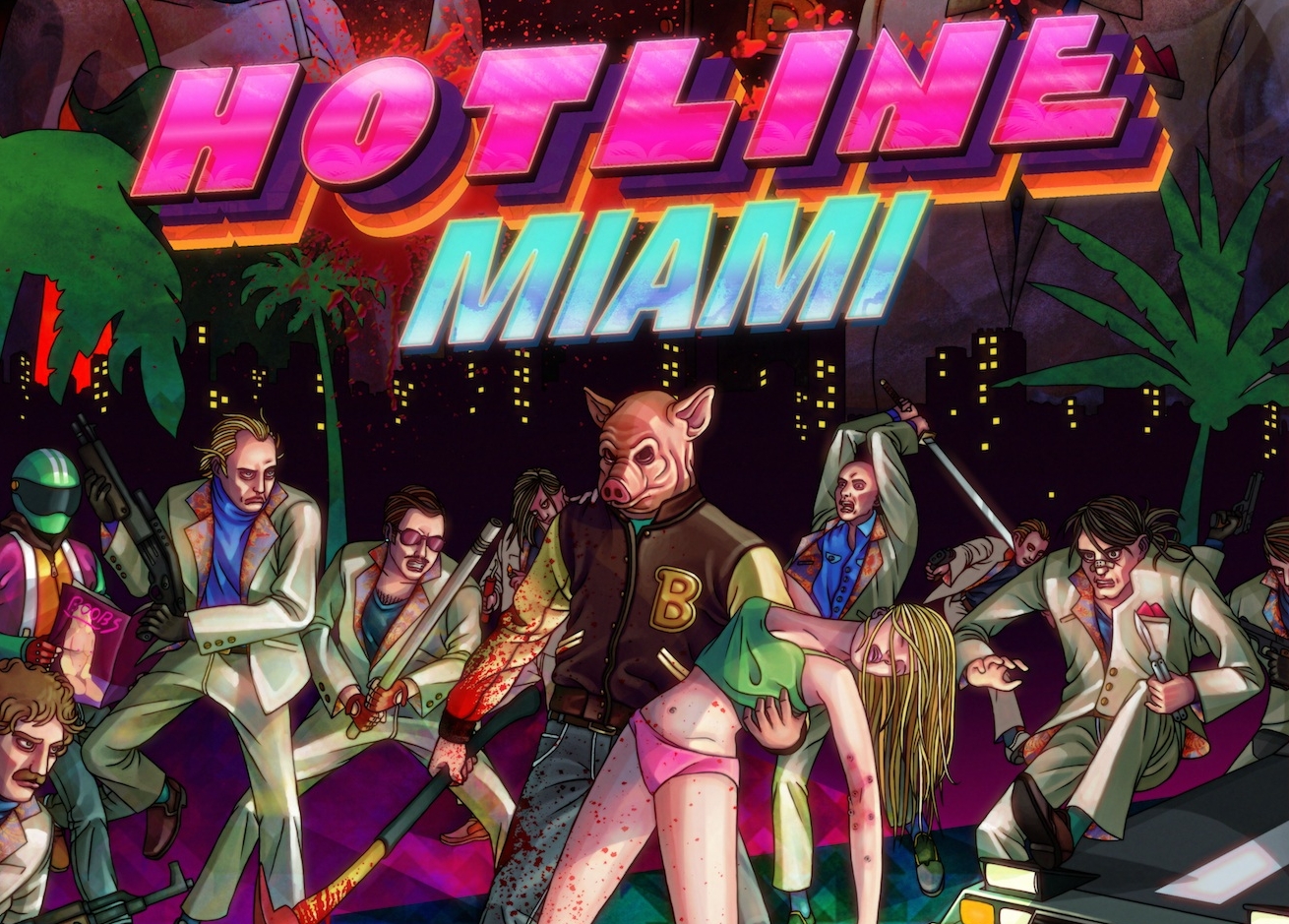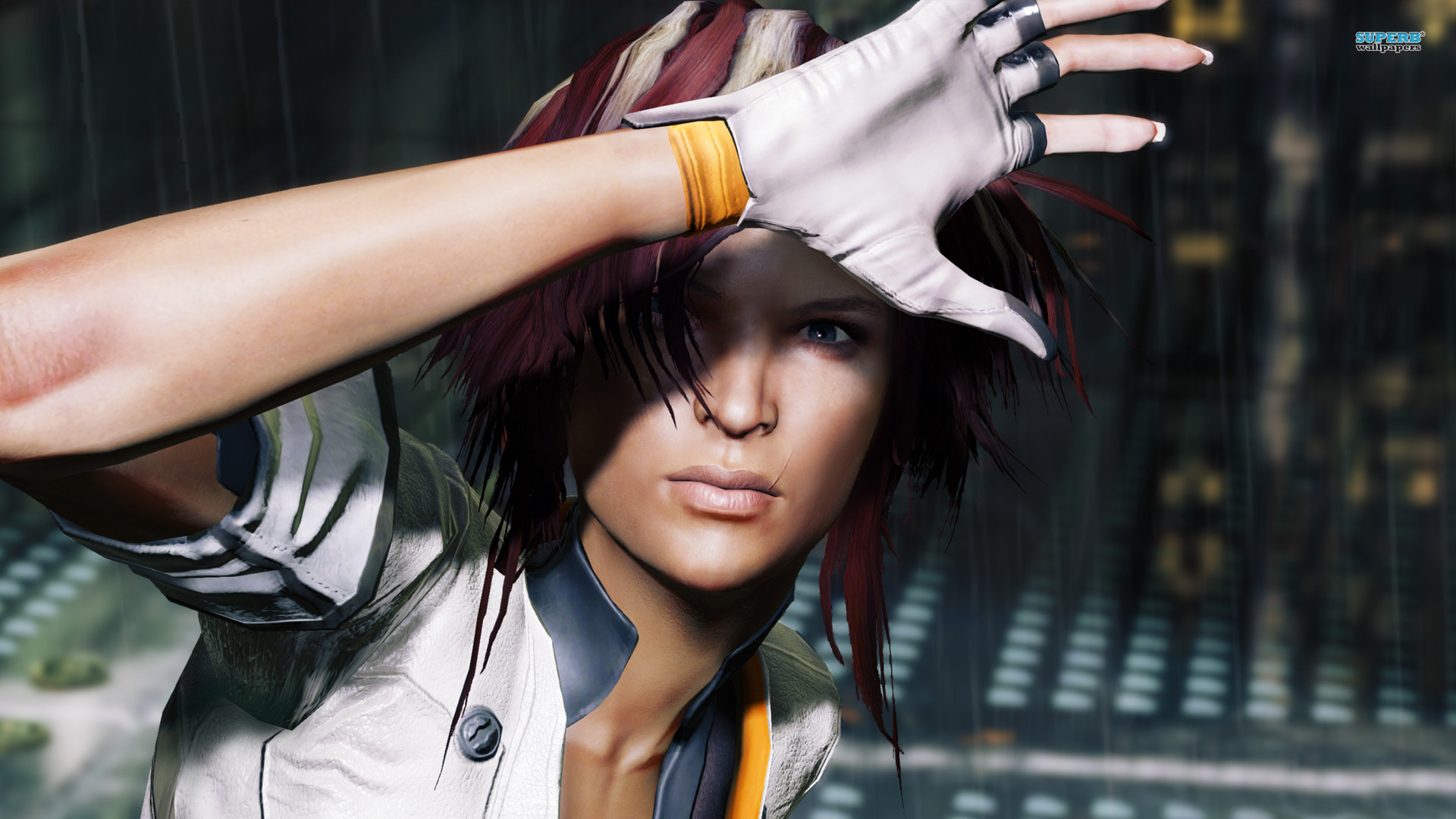Zombies, eh? You can’t live with them, you can’t live… well, you know what I mean. It’s funny to think how crucial a mainstay of the gaming medium the groaning, slavering undead have become in recent years. Whether they are the slow or the fast variety, they’re everywhere, clutching and clawing, scratching mindlessly, mouths agog and leaking out glottal moans; or pegging it after moving cars like decomposing Usain Bolts, flailing their limbs and yowling. From Ghosts ‘n Goblins to a cameo in the children’s animation Wreck-It Ralph, zombies pop up all over the place, and even made the numb-skulled Call Of Duty almost bearable. Yes, folks, it transpires that the only thing preferable to pretend-killing Nazis is pretend-killing zombie Nazis. Zombies are, if you pardon the reference to 28 Days Later, all the rage.
And here’s another one. Another videogame where reviewers have to scramble about for synonyms for “Zombie”. Another videogame where the walking and sprinting dead take a starring role, where a city, in this case the fictional locale of Harran, has been overrun by a horde of brainless numpties who want nothing more to insert their rotten fingers into your cranium and use it as a bowling ball. If the world looks and feels somewhat familiar, it’s because it has been created by Techland, the developers behind the woefully disappointing Dead Island, a title that had enough bugs to keep Ant and Dec goofing about in the jungle for another ten years. Thankfully, Dying Light is far from shoddy. The visuals are less subject to the glitches and texture tears and all the things that hampered its spiritual predecessor. Further, there is no discernible lag, even when your character, viewing the world from a first person perspective, is running through streets, up walls and hoardings and anything else that can be climbed. There is a distinct emphasis on parkour reminiscent of Mirror’s Edge, the difference being that said running is a result of being pursued by the braindead horde. Speed becomes particularly important at night when the zombies, rendered in grotesque, pustulent HD detail, become much faster, much stronger and much more vicious. It’s similar to the day and night cycle in Capcom’s fabulously silly Dead Rising though on this occasion the drama is not played for laughs. And yes, the sense of terror and impending doom is palpable. Similar too, is the prominence of melee combat, where guns are far outweighed by crafted weapons such as a crowbar flamethrower combo. These are in no way as outlandish as Capcom’s decidedly camp creations (chainsaws attached to a wheelchair, for example) but they feel satisfyingly weighty and crunchy when used to scone an enemy smack on the napper.
Admittedly, the controls at first feel a little sluggish which in turn makes timing a perfect jump to a nearby ledge an unsatisfying affair. This is, however, intended. As you accrue skill points, particularly during the frenzied night sessions, you will level up, opening enhanced abilities that make total badassery tauntingly within your grasp. It is a common facet in most modern videogames but here it is never taken to the ludicrous extremes witnessed in Saints Row IV, where your avatar transformed into an unstoppable superhero. You always feel vulnerable in Dying Light, always at risk, always short of supplies, and therein lies the appeal. At its cold heart it is Survival Horror, and to that end it works very well. There is the criticism that it is, of course, about zombies, and could feel creatively slight in comparison with other Open World titles – in particular, Fallout 3, which featured not only ghouls but radiated cockroaches, giants, demented robots, cannibals, hillbillies and every other beastie you could shake a sick-stick at. But this is missing the point. Dying Light is about zombies. Zombiddy zom-bom zombly zombies. It’s much closer to the vision Techland set out to achieve when they dumped the janky Dead Island on an unforgiving public, and that itself can be judged as a success. Ross Thompson

